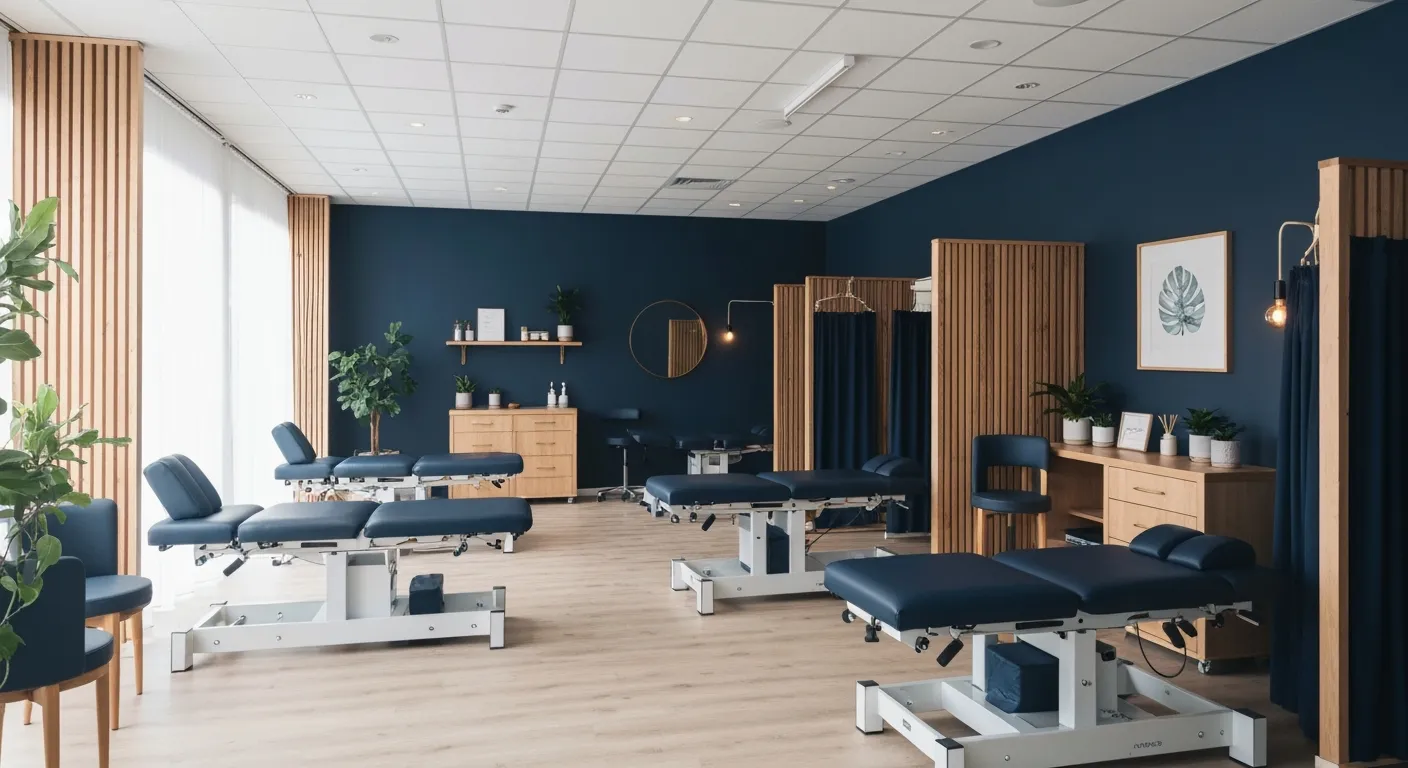Lifestyle Tips for Maintaining a Healthy Spine and Preventing Back Pain
October 16, 2025
8 min

Why a Healthy Spine Matters
The human spine is an intricate, S-shaped structure that supports the body's frame, protects the spinal cord, and enables a wide range of movements. Given its central role in maintaining posture and facilitating mobility, spine health is crucial to overall well-being. Unfortunately, back pain is a common complaint affecting up to 80% of adults at some point in life, often stemming from muscle strain, poor posture, or disc degeneration rather than acute injury. Fortunately, adopting mindful lifestyle habits centered on exercise, posture, nutrition, and ergonomics can significantly reduce the risk of back pain and promote long-term spinal health.
Building Strength and Flexibility: The Foundation of Spine Health

How does exercise influence spine health?
Exercise plays a vital role in maintaining a healthy spine by strengthening the core and back muscles that stabilize the spine. This muscle support reduces the risk of injury and helps maintain proper spinal alignment. Additionally, regular movement improves blood flow to spinal tissues, which supports tissue health and reduces inflammation (importance of movement for spine). Stretching exercises alleviate muscle tightness, which can cause discomfort and limit flexibility, making daily activities easier and less painful (stretching exercises to prevent back pain). Engaging in aerobic activities such as walking, swimming, yoga, Pilates, and tai chi further enhances spinal health by promoting overall fitness and reducing back pain risk.
What types of exercises are recommended for protecting the spine?
Protecting the spine involves a combination of core strengthening, flexibility exercises, and aerobic activity. Key exercises include:
- Core stability exercises such as planks, abdominal bracing, and bridging strengthen the muscles surrounding the spine.
- Gentle stretching exercises like knee-to-chest stretches, pelvic tilts, and hamstring stretches improve flexibility and reduce stiffness.
- The 'big three' spine stability exercises: curl-up, side plank, and bird-dog, which engage multiple core muscles simultaneously (three moves for better spine health).
- Low-impact aerobic activities including walking and swimming promote cardiovascular health without adding strain to the back (benefits of walking and swimming).
Mobility exercises that increase blood flow to the back muscles, like hip hinges and walking breaks, enhance movement mechanics and help prevent stiffness (staying active for spine health.
Frequency and approach to exercise
Experts recommend exercising the back and core muscles at least two to three times per week (spine conditioning program). Performing exercises in a gradual, pyramid sequence—beginning with fewer repetitions and increasing over time—can optimize benefits while minimizing injury risk (pyramid exercise sequence. It is important to start slowly, especially for beginners or individuals with current back discomfort, and to consult healthcare providers if pain persists (consulting physical therapists).
Impact of inactivity on spine health
Inactivity can weaken muscles supporting the spine and reduce flexibility, leading to increased strain on spinal structures (effects of muscle weakening on spine. Prolonged sitting contributes to stiffness and poor posture, which can exacerbate back pain and accelerate spinal degeneration (standing vs sitting for spine. Regular movement and exercises designed to enhance spine stability and flexibility are essential to counteract these negative effects and maintain long-term spinal health (importance of physical activity for back health.
Posture and Ergonomics: Aligning for Longevity

Why is posture important for spine health?
Maintaining good posture tips is essential for preserving the natural curves of the spine, which reduces muscular strain and prevents excessive pressure on spinal discs. Proper posture involves sitting upright with shoulders gently pulled back, keeping the head aligned over the pelvis, and avoiding slouching. These habits help sustain proper spinal alignment and reduce the risk of back and neck pain causes. Poor posture, especially during prolonged sitting, can lead to increased strain on the spine and surrounding muscles, contributing to discomfort and long-term issues.
How can workplace ergonomics reduce back pain risk?
Setting up an ergonomic workspace can significantly decrease the risk of spinal stress and back pain. A chair with lumbar support encourages the maintenance of the spine's natural curve, while positioning the monitor at eye level prevents neck strain. Desk height should allow elbows to rest comfortably at about 90 degrees. To reduce the stiffness that comes from sitting too long, it is important to take frequent breaks to stand, stretch, or walk. Alternating between sitting and standing during work hours and using footwear with good support further helps alleviate pressure on the spine.
What are the proper techniques to avoid back injury during lifting and daily activities?
Safe lifting techniques to prevent injury are crucial to protecting the back. When lifting objects, bending the knees and hips rather than the waist, keeping the back straight, and holding items close to the body minimize strain on the spine. Avoid twisting motions while lifting, and choose to push heavy objects whenever possible instead of pulling. Using a footstool for reaching overhead reduces overextension of the back. While standing, distributing weight evenly and shifting it between feet can lower pressure on the spine. When sitting, keeping the knees lower than the hips supports spinal alignment and prevents lower back stress.
Nourishing the Spine: Diet, Hydration, and Smoking Cessation

What role does nutrition play in maintaining a healthy spine?
Nutrition is fundamental for spine health. Calcium and vitamin D are essential nutrients that build and maintain strong bones, crucial for supporting the spine. Foods rich in these, such as dairy products, leafy greens, and fatty fish, promote bone density and reduce risks of osteoporosis and fractures.
In addition to bones, spinal discs need a well-balanced diet. Consuming anti-inflammatory foods like fruits, vegetables, nuts, and legumes helps lower systemic inflammation, which may otherwise accelerate spinal degeneration and pain.
Hydration is another vital factor. Spinal discs are gel-like structures that require sufficient water to maintain their cushioning function. Adequate fluid intake helps preserve disc flexibility and reduces stiffness.
How does smoking affect spine health?
Smoking harms spine health by constricting blood vessels, which decreases blood flow and oxygen delivery to the spine. This impaired circulation accelerates degeneration of spinal discs and bones, increasing vulnerability to back pain, fractures, and conditions like osteoporosis.
Quitting smoking can reverse many of these damaging effects by restoring better blood flow and nutrient supply to spinal tissues, thereby supporting repair and slowing degeneration.
Adopting a nutrient-rich, anti-inflammatory diet, staying well-hydrated, and ceasing smoking are effective lifestyle choices that collectively nourish and protect the spine from premature aging and pain.
Sleep and Weight Management: Supporting Recovery and Reducing Strain

How does sleep posture affect spinal health?
Sleeping positions significantly influence spinal alignment and comfort. Sleeping on your side with a pillow placed between the knees helps keep the pelvis, hips, and spine in better alignment, minimizing stress on the back. Similarly, sleeping on the back with a pillow under the knees supports the natural curve of the lower spine, reducing pressure and discomfort. For more about Proper Sleeping Positions for Spine Health, see related guidance.
Choosing the right mattress plays a crucial role as well. A medium-firm mattress provides support for the spine while cushioning pressure points, which can prevent morning stiffness and reduce the risk of chronic back pain. Learn more about Choosing a Medium-Firm Mattress.
Why is weight management important for a healthy spine?
Maintaining a healthy weight is vital for reducing excessive physical stress on the spine and muscles that support it. Extra body weight, especially concentrated in the abdominal area, shifts your center of gravity forward, which increases the strain placed on the lower back. This added stress accelerates disc degeneration and may trigger or worsen back pain. See further details on Maintaining Healthy Weight for Spine Health.
Healthy lifestyle choices that include weight management can help alleviate existing back problems and prevent new ones from developing. Losing excess weight reduces the burden on spinal structures and promotes better posture and mobility. More information is available on Healthy Weight and Spine Health.
Additional Sleep Hygiene Tips for Spinal Health
- Maintain a consistent sleep schedule to improve overall restfulness.
- Avoid high pillows that can misalign the neck and upper spine.
- Limit exposure to screens before bedtime to support better sleep patterns.
- Use ergonomic pillows designed to support neck curvature. For tips on Proper Sleep Positions to Reduce Neck and Back Pain and Proper Pillows for Back Pain.
By combining proper sleep positioning, mattress support, and healthy weight management, you support your spine's recovery and reduce the risk of back pain and injury. For comprehensive advice, refer to Tips for Maintaining Spine Health.
When to Seek Help and Ongoing Spine Care Practices
When is it necessary to consult a healthcare provider for back pain?
Persistent back or neck pain that lasts several weeks, or comes with symptoms such as numbness, weakness, fever, unexplained weight loss, or loss of bowel or bladder control, requires prompt medical evaluation. If pain worsens despite self-care measures like rest and gentle exercise, seeking professional advice helps diagnose any serious underlying conditions (see When to See a Doctor for Spine Pain, tips for managing back pain, and Back pain symptoms and causes).
What non-surgical treatments support spine health and pain management?
Most back pain cases improve with non-surgical approaches. Targeted physical therapy that includes core strengthening, stretching, and posture retraining is highly effective (Physical Therapy Benefits, Physical therapy for back pain. Additional supportive treatments include chiropractic care, massage, acupuncture, and mindful exercises such as yoga or tai chi which help reduce pain and improve mobility (Yoga for Spine Health, Yoga and Tai Chi for Back Health, Mindfulness and Meditation for Pain). Over-the-counter medications like NSAIDs may relieve pain temporarily but should be used under guidance (NSAIDs for pain management). Surgery is generally reserved for specific serious cases when conservative care fails (When Surgery Is Considered for Back Pain.
How can individuals maintain spine health over their lifetime?
Maintaining a healthy spine requires lifelong habits. Regular exercise, including aerobic activities and core-strengthening, supports muscle stability around the spine (Core Strengthening Exercises, Regular exercise for spine strength. Maintaining a healthy weight reduces spinal stress (Maintaining Healthy Spine Weight, Healthy Weight Management. Practicing good posture and using ergonomic work and sitting setups prevent strain (Good Posture Tips, Ergonomic Workstation Setup, Ergonomic sitting tips). Avoiding smoking improves blood flow and slows spinal degeneration (Impact of Smoking on Spine, Quitting smoking benefits). Proper nutrition rich in calcium and vitamin D supports bone health (Calcium and Vitamin D for Bone Health, Diet for Bone Health). Managing stress and scheduling regular spine check-ups with healthcare providers enable early intervention and long-term care (Tips for Maintaining a Healthy Spine, When to See a Doctor for Back Pain.
These ongoing practices combined with awareness of when to seek help contribute greatly to preventing worsening back problems and promoting a healthy, pain-free spine throughout life.
Protecting Your Spine Through Daily Choices
A healthy spine is the cornerstone of mobility and quality of life. By prioritizing core strength and flexibility through regular exercise, adopting proper posture and ergonomics, nourishing the body with a balanced diet and sufficient hydration, and managing weight and sleep habits, individuals can significantly reduce the risk of back pain and spinal degeneration. Avoiding harmful habits like smoking and seeking timely medical care for persistent issues further safeguard spinal health. Making these lifestyle choices a consistent part of daily living ensures strong, pain-free back health for years to come.
Recent articles
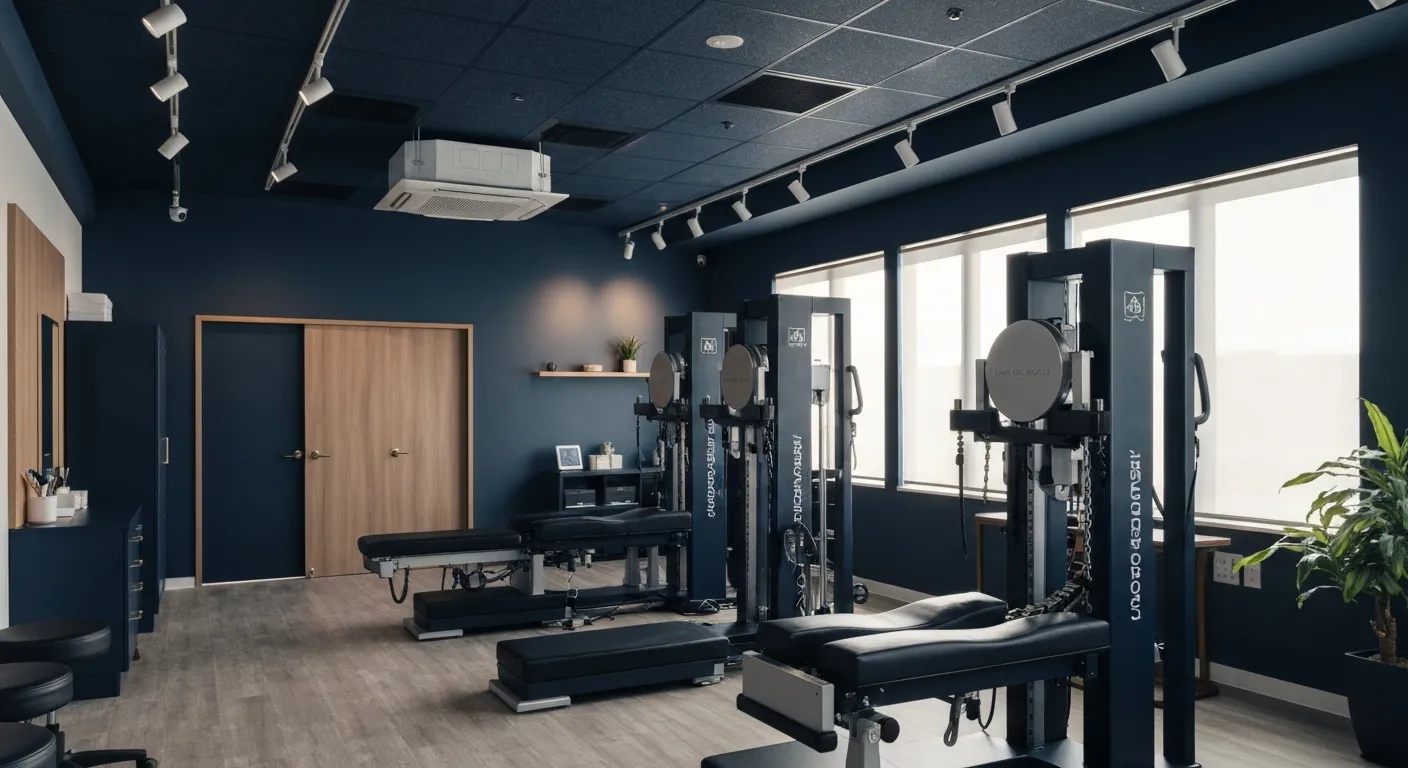
Sciatica Relief Through Targeted Spinal Decompression

Integrating Physiotherapy with Chiropractic Treatments for Better Results

Testimonials That Demonstrate the Benefits of Chiropractic Care
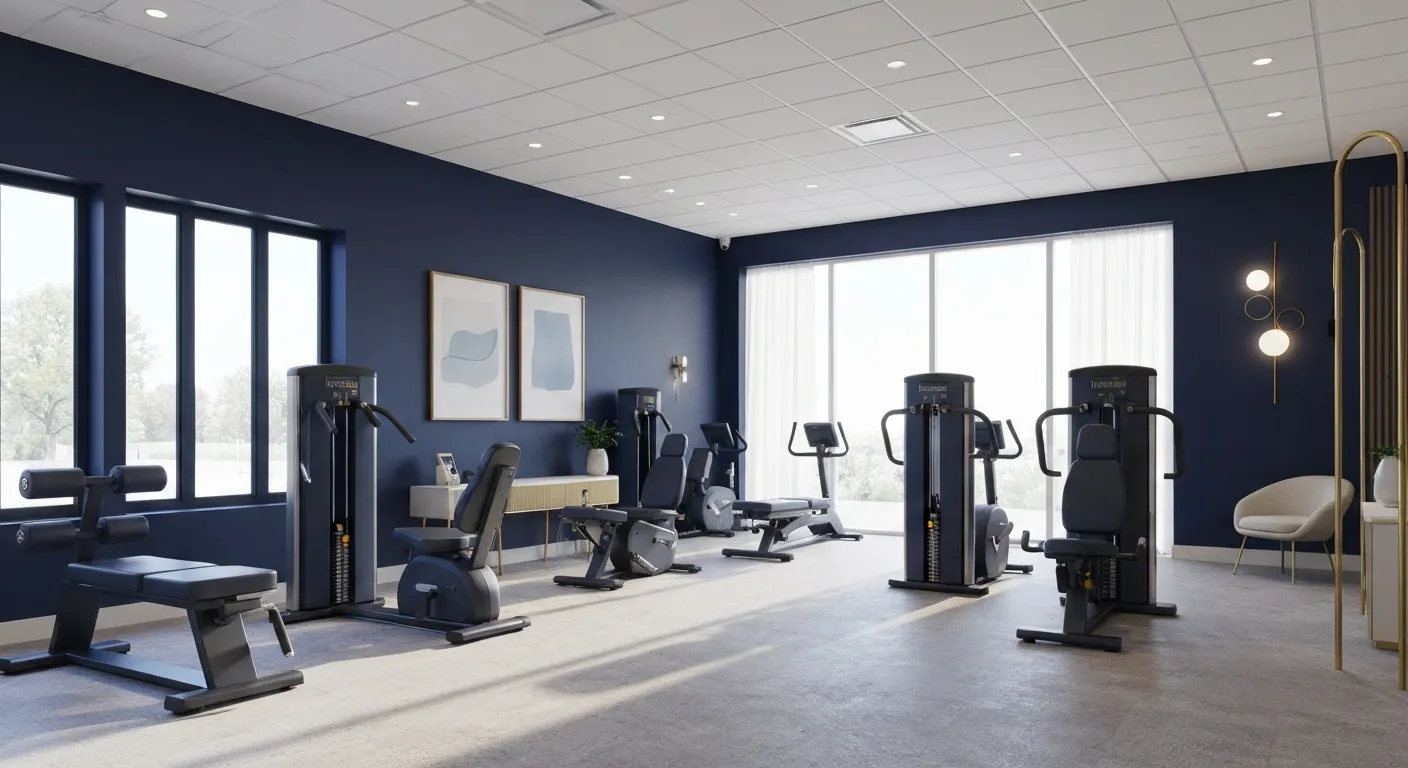
The Power of Corrective Exercises in Pain Management

A Step-by-Step Guide to Your Initial Chiropractic Consultation

9 Nutritional Tips to Enhance Your Chiropractic Wellness Journey

Patient Experiences: How Chiropractic Care Changed Their Lives

Lifestyle Recommendations to Keep Your Spine in Top Shape

Effective Corrective Exercises for Long-Term Pain Relief

Back Pain Benefits: What Chiropractic Care Can Do for You
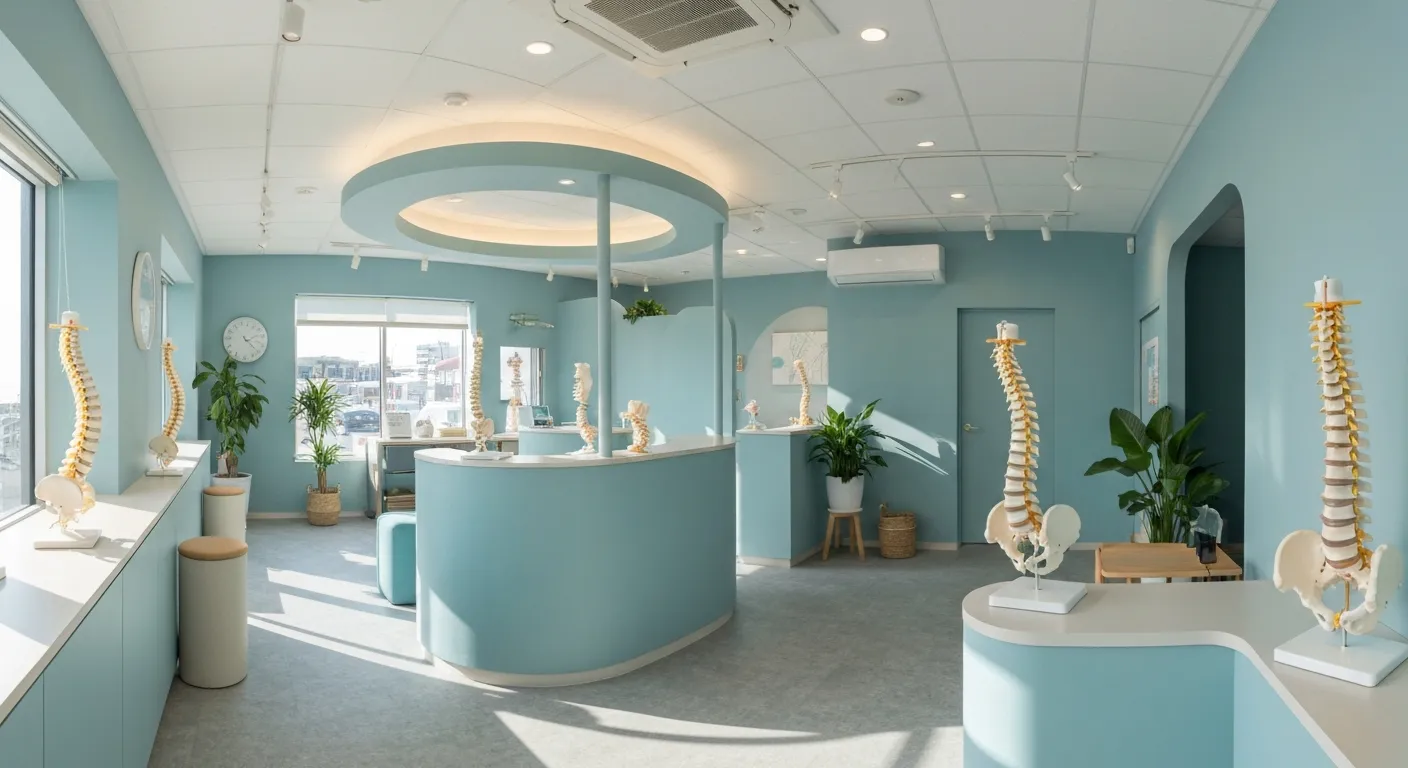
Spinal Decompression Techniques for Effective Sciatica Relief
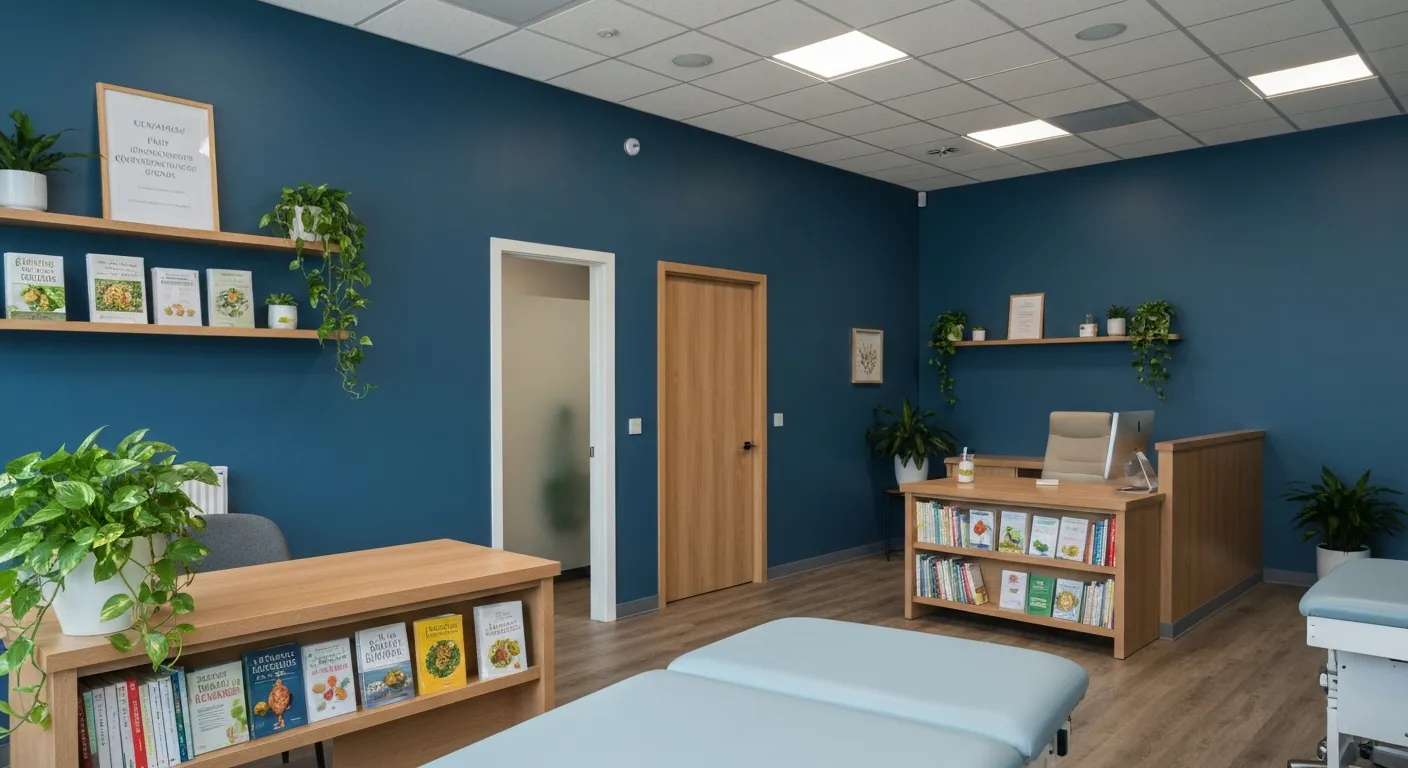
Top Nutritional Counseling Tips for Enhanced Wellness
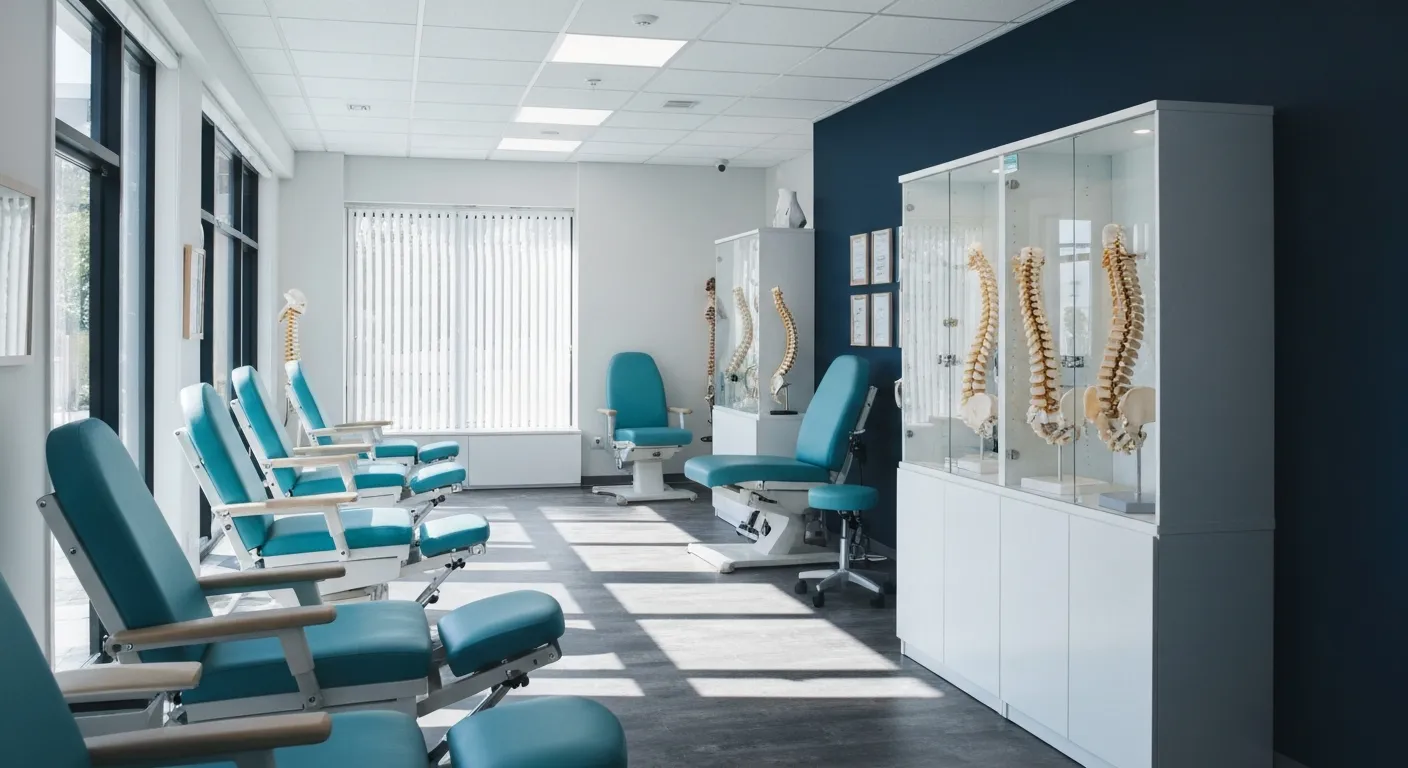
6 Lifestyle Habits That Boost Spine Health Daily

Discover Holistic and Non-Surgical Pain Relief Solutions

Exploring Holistic and Non-Surgical Treatment Options for Pain
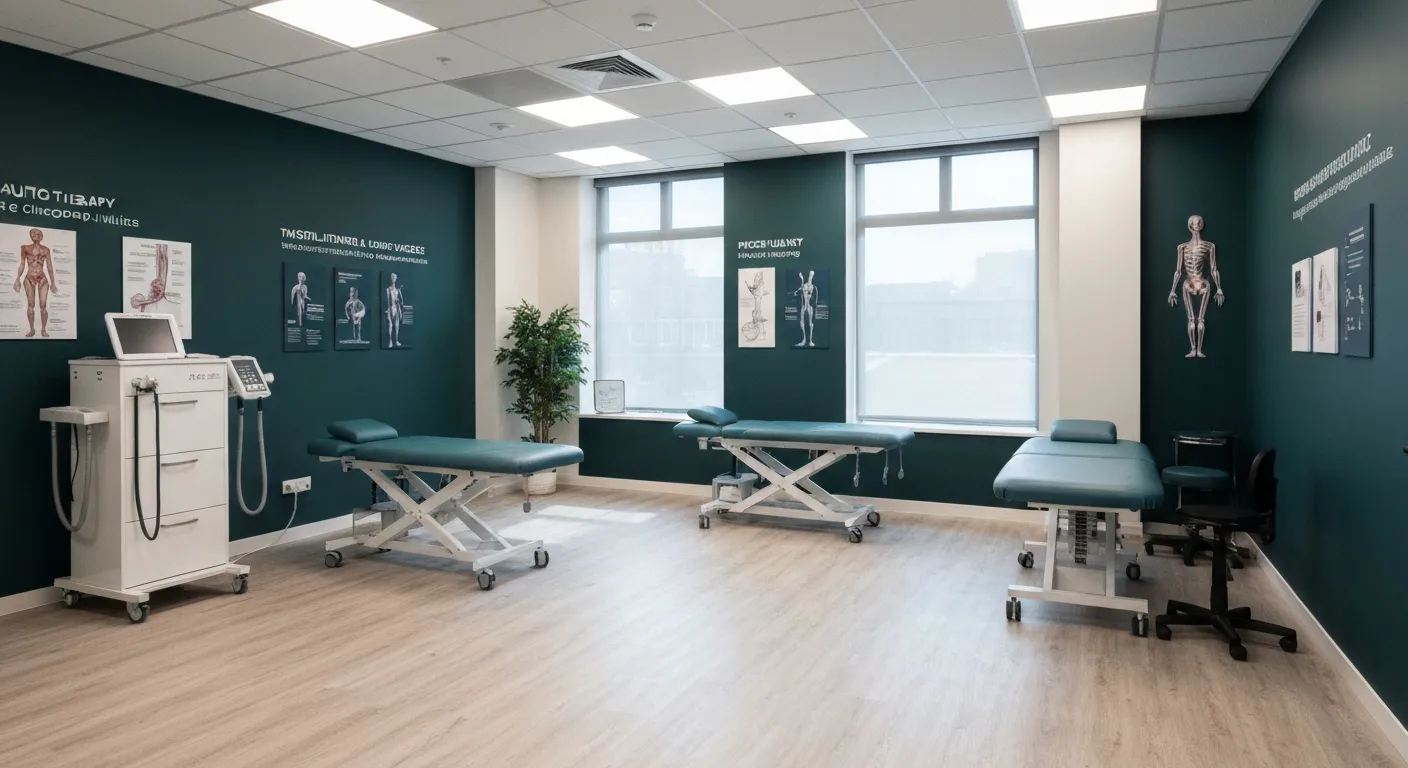
The Role of Physiotherapy in Enhancing Chiropractic Care Outcomes

Complementing Chiropractic Care with Physiotherapy: What You Need to Know
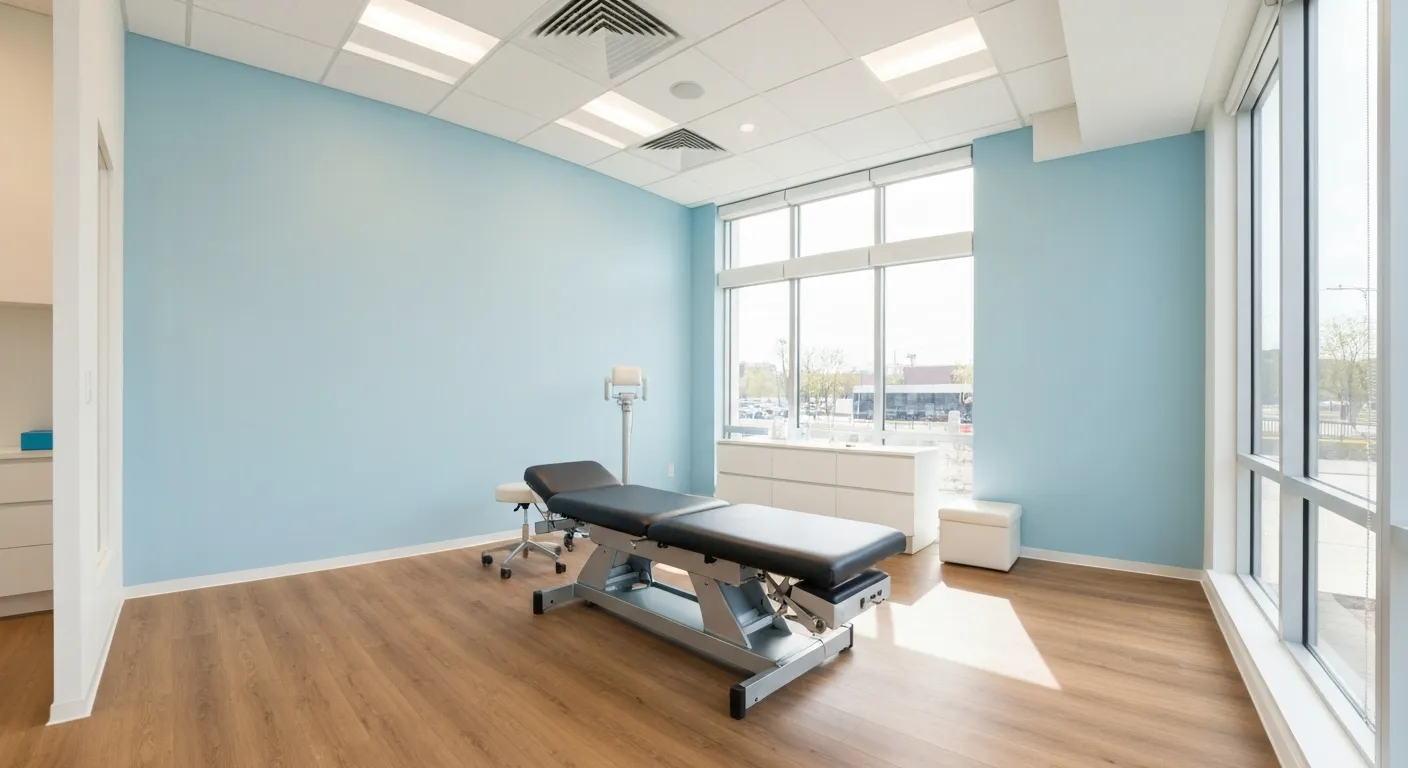
What to Expect During Your First Chiropractic Visit

Simple Lifestyle Adjustments to Maintain a Healthy Spine

Personalized Nutritional Counseling for Improved Health Outcomes

Exploring Non-Surgical Treatments for Spine-Related Conditions

An Introduction to Spinal Decompression for Sciatica Patients

Transformative Success Stories: Patient Experiences with Chiropractic Treatments

Why Chiropractic Care Is Essential for Back Pain Relief

Addressing Underlying Causes Versus Symptom Management in Pain Care

The Role of Nutrition in Enhancing Chiropractic Treatment Effectiveness

Sciatica Treatment Options: Is Spinal Decompression Right for You?

Lifestyle Tips to Maintain a Healthy Spine and Prevent Back Issues

The Synergy Between Physiotherapy and Chiropractic Treatments

What Happens During Your Initial Chiropractic Consultation

Effective Corrective Exercises for Sustainable Pain Management

Taking a Root Cause Approach to Chronic Pain Management

Holistic Pain Management Techniques Without Surgery

How Patient Success Stories Validate Chiropractic Care Benefits

Spinal Decompression: Innovative Treatment for Sciatic Nerve Pain

Spinal Decompression Therapy: A Non-Invasive Approach to Sciatica Relief

Exploring Holistic Approaches Beyond Surgery for Pain Relief

Practical Lifestyle Advice to Support a Healthy Spine Every Day

Corrective Exercise Routines Designed for Long-Term Pain Prevention

Real Patient Stories: Overcoming Chronic Pain with Chiropractic Care

Lifestyle Changes That Promote a Healthy Spine and Prevent Injury

How Addressing the Root Cause of Pain Leads to Lasting Relief

Non-Surgical Holistic Therapies to Manage Chronic Pain Effectively

Nutritional Counseling's Impact on Physical Health and Healing

Benefits of Regular Chiropractic Care for a Stronger Back

Your First Chiropractic Visit: What to Expect and How to Prepare

Patient Experiences: How Chiropractic Care Transformed Their Lives

Exploring Holistic, Non-Surgical Options for Pain Management

Combining Physiotherapy with Chiropractic Treatments for Enhanced Recovery

Holistic Treatments That Offer Alternatives to Surgery for Pain Relief

Corrective Exercise Strategies for Long-Term Spine Health

How Physiotherapy Complements Chiropractic Adjustments for Better Outcomes

First-Time Chiropractic Visitors: What You Should Know

Understanding the Importance of Treating Pain at Its Source

Adopting Lifestyle Changes to Support Your Spine's Wellness

Utilizing Physiotherapy to Enhance Chiropractic Treatment Outcomes

The Key Advantages of Chiropractic Care for Back Pain Sufferers

Why Focusing on Root Causes Improves Pain Treatment Success

Corrective Exercises That Promote Lasting Pain Relief and Mobility

Sciatica Relief Through Targeted Spinal Decompression Techniques

Preparing for Your First Chiropractic Appointment with Confidence

Healthy Lifestyle Habits for Maintaining Spinal Alignment

Success Stories Highlighting Chiropractic's Role in Pain Recovery

Top Benefits of Chiropractic Care for Chronic Back Pain

Nutrition Tips to Boost Your Overall Wellness and Recovery

How Chiropractic Care Alleviates Back Pain Naturally

How Nutritional Counseling Supports Overall Wellness and Spine Health

Step-by-Step Guide to Your First Visit with a Chiropractor

Using Nutrition to Support Chiropractic and Overall Wellness

Integrating Physiotherapy in Your Chiropractic Healing Journey

How Physiotherapy Complements Chiropractic Adjustments for Faster Healing

Lifestyle Tips for Maintaining a Healthy Spine and Preventing Back Pain

Heartwarming Patient Testimonials Highlighting Chiropractic Success

How Proper Nutrition Supports Chiropractic and Physiotherapy Treatments

Combining Physiotherapy and Chiropractic Treatments for Optimal Recovery

Why Chiropractic Treatments Are Effective for Managing Back Pain

Choosing a Chiropractor: Tips for Finding a Trusted Provider

Integrating Physiotherapy and Chiropractic: Benefits and What to Expect

How Tailored Corrective Exercises Can Aid in Pain Management

Chiropractic Care: A Proven Solution for Alleviating Back Pain

What to Expect at Your First Chiropractic Visit: A Comprehensive Guide

The Importance of Root Cause Analysis in Effective Pain Management

The Role of Corrective Exercises in Sustaining Pain-Free Living

Combining Chiropractic and Physiotherapy for Comprehensive Pain Relief

How Addressing Underlying Causes Improves Pain Treatment Effectiveness

Maintaining Spinal Health Through Lifestyle Changes and Preventive Care

Understanding the Benefits of Chiropractic Adjustments for Back Pain Sufferers

Spinal Decompression Therapy: A New Hope for Sciatica Relief

Lifestyle Recommendations to Support a Healthy Spine and Reduce Pain
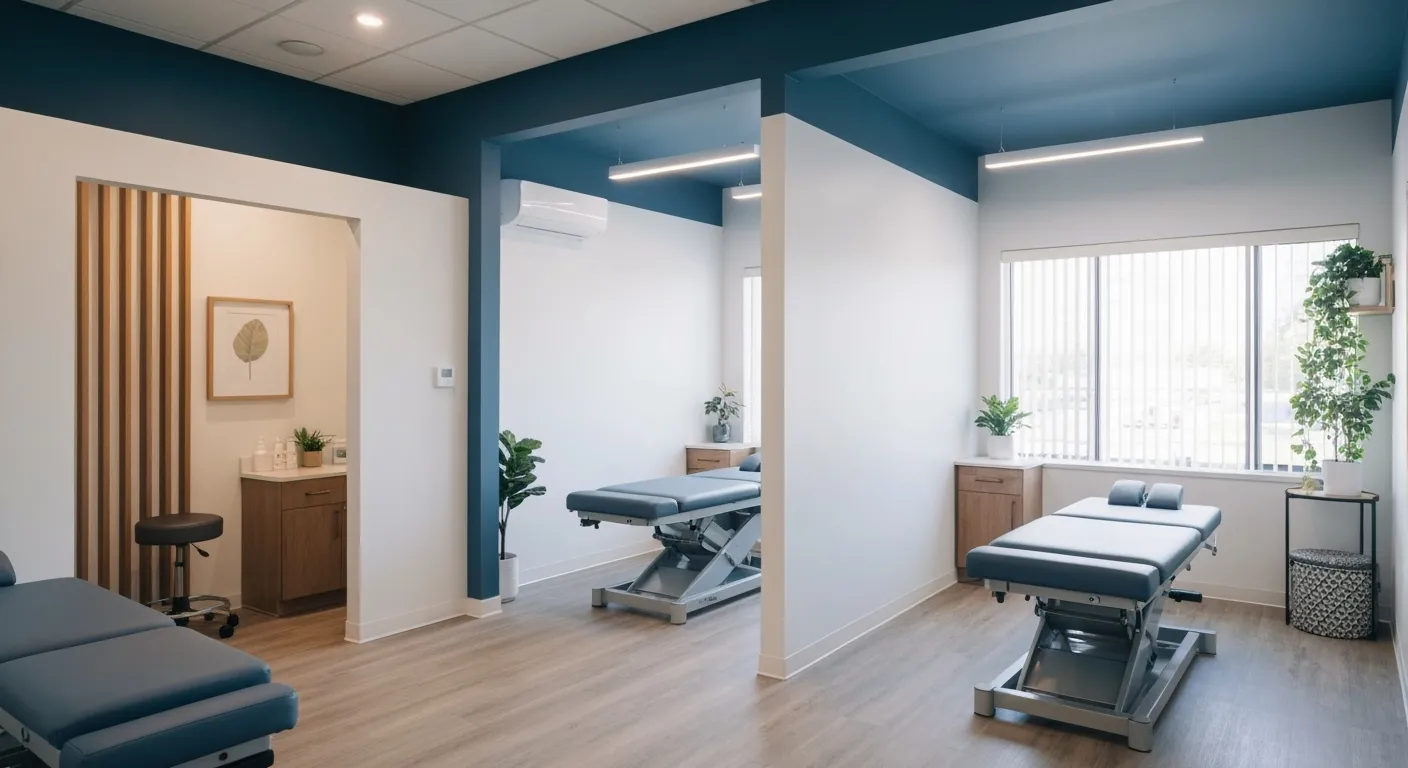
Choosing the Right Chiropractor: Key Factors to Consider Before Your First Appointment

Non-Invasive Treatment Alternatives: A Holistic Approach to Pain Relief

Corrective Exercises to Support Long-Term Relief from Chronic Pain

Exploring Non-Surgical Approaches to Spine Health and Wellness

Tips for Daily Habits That Keep Your Spine Strong

Success Stories: How Chiropractic Treatments Changed Lives

Why Focusing on the Root Cause of Pain Leads to Better Outcomes
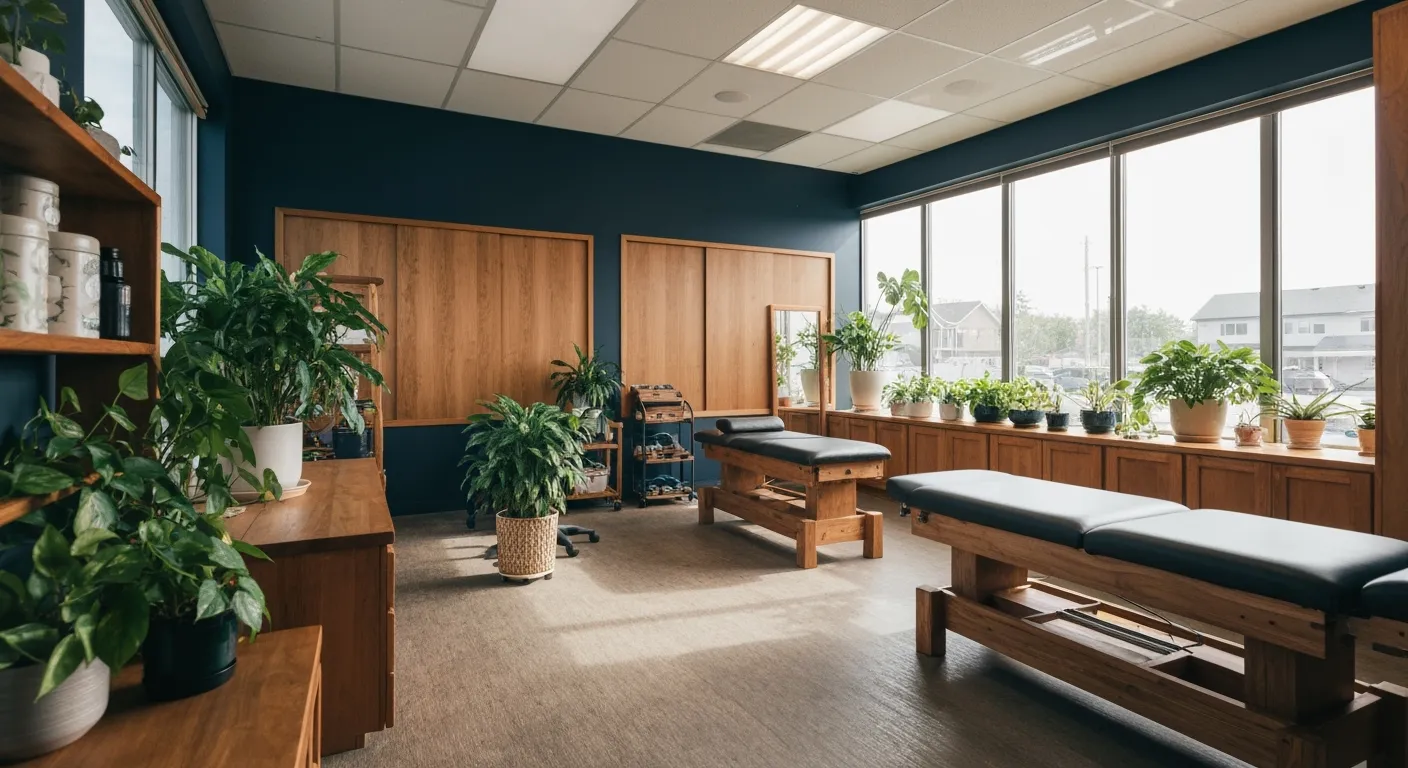
Nutritional Counseling and Its Impact on Overall Wellness and Recovery
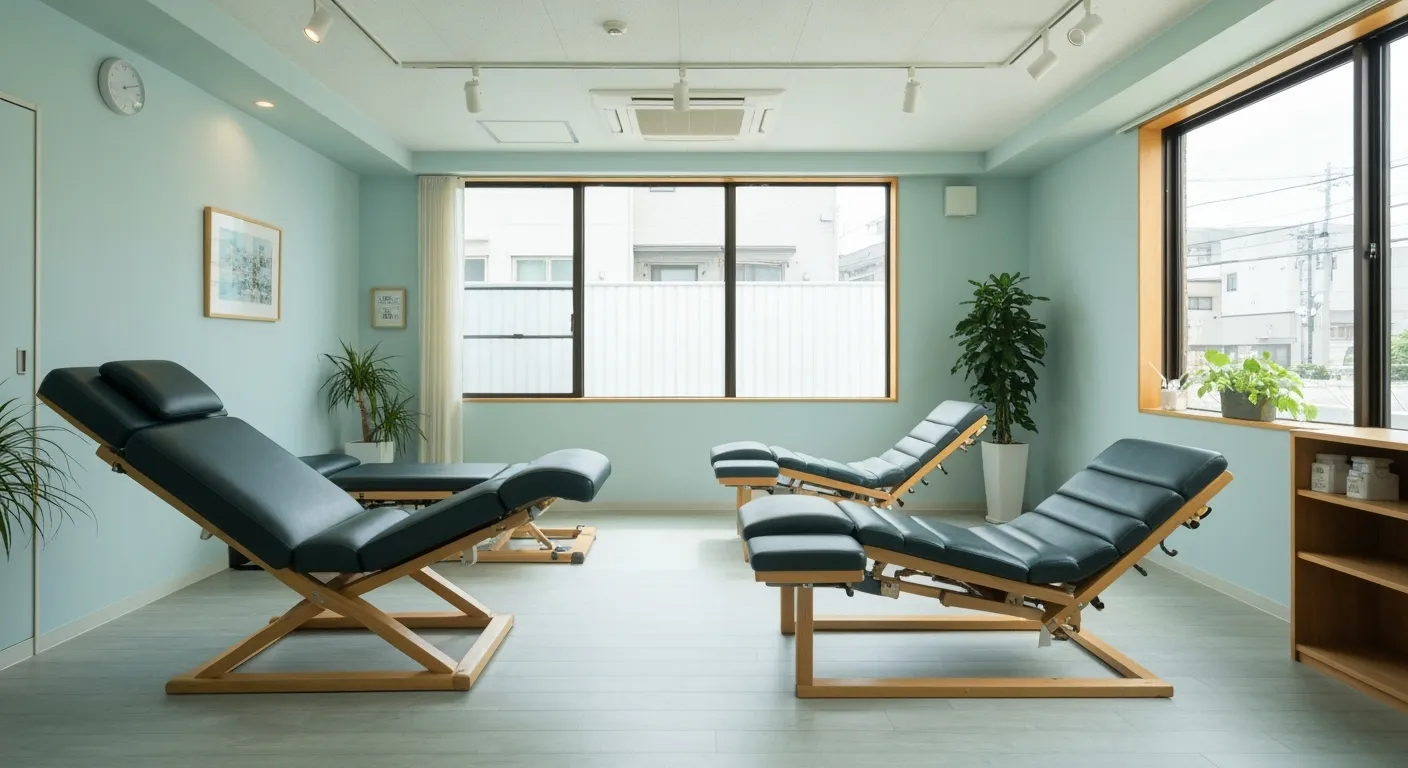
Patient Testimonials That Showcase the Power of Chiropractic Care

Preparing for Your First Chiropractic Appointment: What You Need to Know
